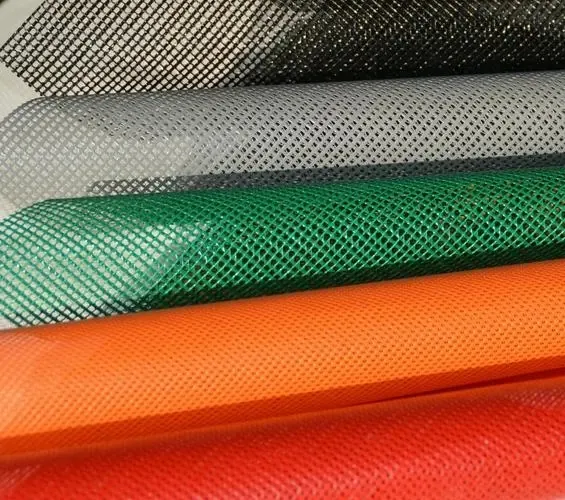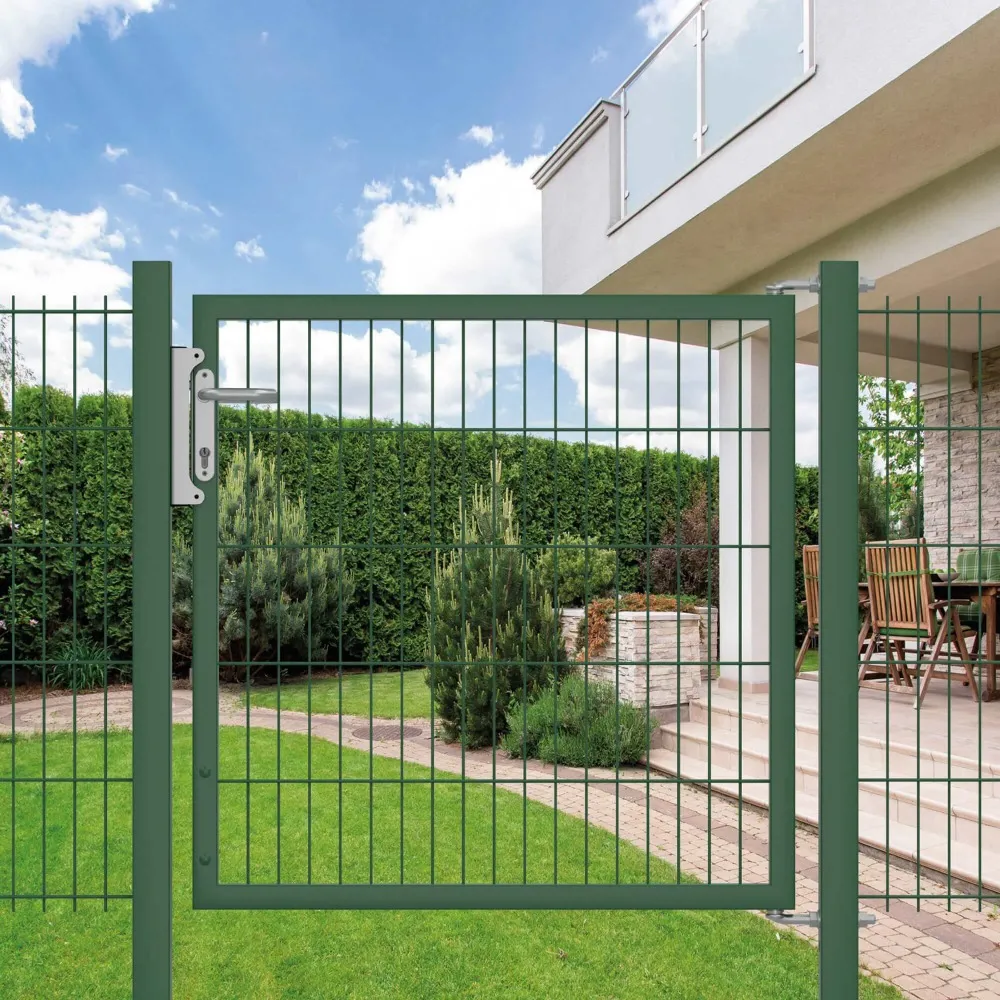Choosing the right tennis court chain link fence involves an in-depth understanding of various factors to fit specific needs, offering both functionality and aesthetics. Tennis is not just a sport but a passion for many, requiring a secure and optimal environment for both amateur practice and professional matches. A well-thought chain link fence is fundamental in maintaining the sanctity of the game space while ensuring player safety.

First and foremost, the importance of material cannot be overstated. Galvanized steel is the preferred choice due to its resistance to weather-induced corrosion. This is especially crucial for outdoor courts subjected to natural elements like rain and sun. Opting for a high-quality vinyl coating on the chain link further enhances durability while providing an appealing visual aspect that can be customized with various color coatings to match team colors or the surrounding landscape.
Installation expertise plays a significant role in the effectiveness of a tennis court fence. Correct tensioning of the chain link is vital to prevent sagging over time, which could lead to structural vulnerabilities or safety hazards. Professionals recommend using heavy-duty tension bars and line posts anchored at strategic intervals to maintain structural integrity. This expertise ensures the fence withstands potential impact from tennis balls and accidental collisions with players at high speeds.

When considering the height of a tennis court chain link fence, the standard is usually between 10 to 12 feet. However, customization is available to higher elevations, especially where wind exposure is a concern or where the court is located in congested areas with a risk of stray balls causing disturbances. Local regulations might dictate specific height requirements, so consulting with local zoning laws is essential.
The spatial layout of the court also determines fence design. For courts situated in scenic areas, transparency may be desired, which an appropriate chain link fence can provide, ensuring that the players and spectators enjoy the natural surroundings without obstruction. For added privacy, slats or windscreen attachments can be incorporated, offering shelter from the wind while also providing a degree of seclusion.
tennis court chain link fence
Safety is another pillar of a successful tennis court fencing project. Padding can be implemented on the fence's upper edges or supporting posts to minimize injuries during play. Additionally, gates should be installed with hardware that is both durable and easy to operate to prevent access issues during critical times, such as tournaments or high traffic practice sessions.
The sustainability of the materials used is becoming increasingly significant. Opt for suppliers who provide environmentally conscious fencing options, ensuring the materials are recyclable. This not only reduces the carbon footprint but aligns with modern environmental standards and enhances the overall reputation of the facility.
Maintenance of chain link fencing is generally straightforward, but regular inspection is recommended to catch early signs of wear or potential damage. Simple adjustments, such as tightening loose sections or washing away dirt build-up, can prolong the life of the fence significantly.
To establish authoritativeness and trustworthiness, working with licensed and reputable fencing contractors is advisable. Seek references or case studies of previously completed projects similar in scope, and ensure that their past work aligns with recognized standards in sports facility installations.
Ultimately, investing in a quality tennis court chain link fence involves balancing aesthetics, functionality, and budget. By prioritizing quality materials, professional installation, and regular maintenance, the integrity of the playing environment can be preserved, allowing players to enjoy the sport in a safe, reliable, and visually appealing setting.
























